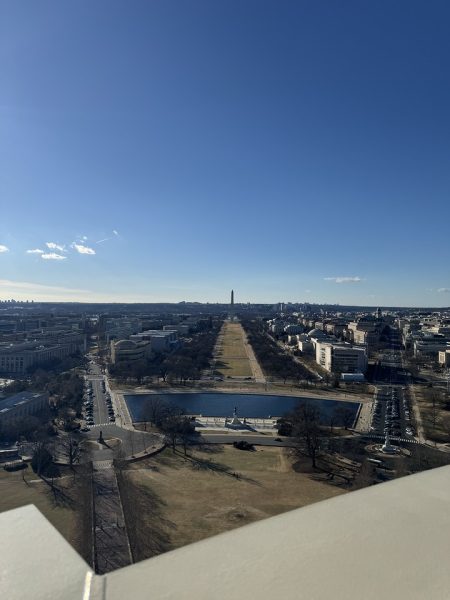Fall back…into bed
Sleep is a luxury to college students due to classes, exams, homework and often time-consuming extracurriculars. It is hard enough to get a good night sleep on the average weeknight and daylight saving time does not help.
Taking naps is one way to help your body during the time it takes to get the body’s biological clock on the same clock your mind is already on. This may seem impossible for college students, especially when they are trying to find the time to nap in between a day of classes and starting various homework assignments.
In the meantime, enjoy these facts from MentalFloss.
1. Benjamin Franklin suggested the idea of daylight saving to save money on candles, but it could have just been a joke poking fun at the French.
2. Daylight saving became very popular in the 1970s during the Energy Crisis, when it helped save money during the oil embargo of 1973.
3. Daylight savings could actually be decreasing crime. In 2015, daily robberies dropped by 7% after the change in time in the spring. This could be because it stays light out longer, which deters robbers.
4. The time changes at 2 a.m. because it was decided that most people would be asleep and would not realize the shift.
5. The end of daylight savings used to be the last Sunday of October. However, it was pushed to November after the candy industry lobbied for the extension due to this change being at the same time as Halloween.
6. Benjamin Franklin may have suggested it in 1784, but an entomologist was the first person to bring daylight saving to people’s attention. It all stemmed from his frustration around the sun setting too early in the summer when he was looking for bugs. Springing the clocks forward during the spring would give more daylight for bug hunting after his day job of working in a post office.
Emily Dvareckas graduated from RWU in 2022 with a degree in forensic science. She spent three years with The Hawks’ Herald as the photo editor...





